Protein is TRENDING
And companies are LYING. Ok, maybe more like fibbing.
If you have been in the grocery store lately, you’ve probably seen food items boasting “Great source of Protein”
or “9 GRAMS OF PROTEIN!”
But what they may not be mentioning is the BIG picture. I want to give you a little quick trick on how to read a nutrition label so you don’t have to buy into these marketing ploys any longer!
5 Rules to Reading a Nutrition Label:
Consider the food item: Is this food your main meal or will it be accompanied with something else? If it’s the only thing you are looking at, you can look at the label with the following rules. If it is going to be consumed with something else, you need to take the aggregate of the quantities.
Look at protein first: While most of us have varied protein goals, I typically look for something with at least 30g of protein for a meal, and 15-20 grams for a snack. If the food product boast “4 GRAMS OF PROTEIN” I turn my nose. It’s not enough.
Then carbs: Now knowing the amount of protein in this item, I usually want about the same amount of carbohydrates as my protein or maybe less but definitely not too much more. This is really important for something like a protein bar. There are MANY protein bars that call themselves protein bars, but actually are loaded with way more carbs than protein. They should just call them carb bars, don’t you think?
*One caveat. Underneath the total carbohydrates, you’ll see a value for Fiber. You can actually deduct this number from the total carbohydrates because fiber is like a healthy filler. We don’t digest it and it kind of goes right through our system without building our total calories. So, 15 carbohydrates with 5 fiber = 10 (net) carbohydrates.
Then fat: This one is particularly important with all the keto rage out there. The word “Keto” is really only beneficial if you are in KETOSIS and or trying to really stick with a ketogenic diet. You can’t dip your toes into keto folks. MFers aren’t typically doing keto, so we are looking for the amount of fat to be about HALF of the value of the protein. 20g of protein? Then 10 grams of fat (give or take a couple grams).
THEN CALORIES/INGREDIENTS: Remember this is a macro approach to nutrition labels. Macros are PROTEIN, CARBOHYDRATES & FAT. However, you can hit your macros pretty easily with candy and protein shakes. Just because you can, doesn’t mean you should. Be smart and get your vitamins and try to steer clear of all those nasty transfers, seed oils, sugars, etc.
Keep in mind, this is my method without knowing YOUR ideal macro split. It is, however, a very generalized idea on how I glance at nutrition labels when I’m on the go. Generally speaking, most of my clients, if they follow this method, will get pretty close to hitting their macros and can easily fill in where they need too.
The moral of the story is this: Don’t just trust marketers for their claims of HIGH PROTEIN. Understand the whole story so you can make confident choices that will get you closer to your MUSCLE BUILDING goals!

